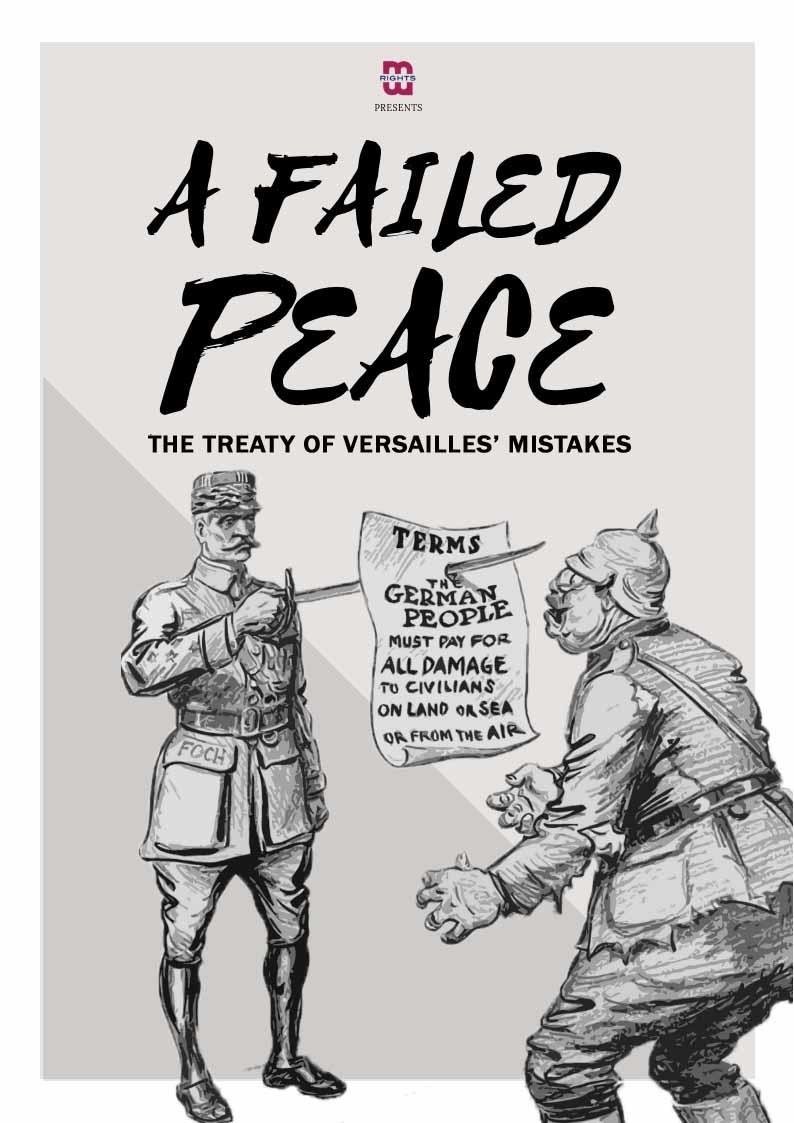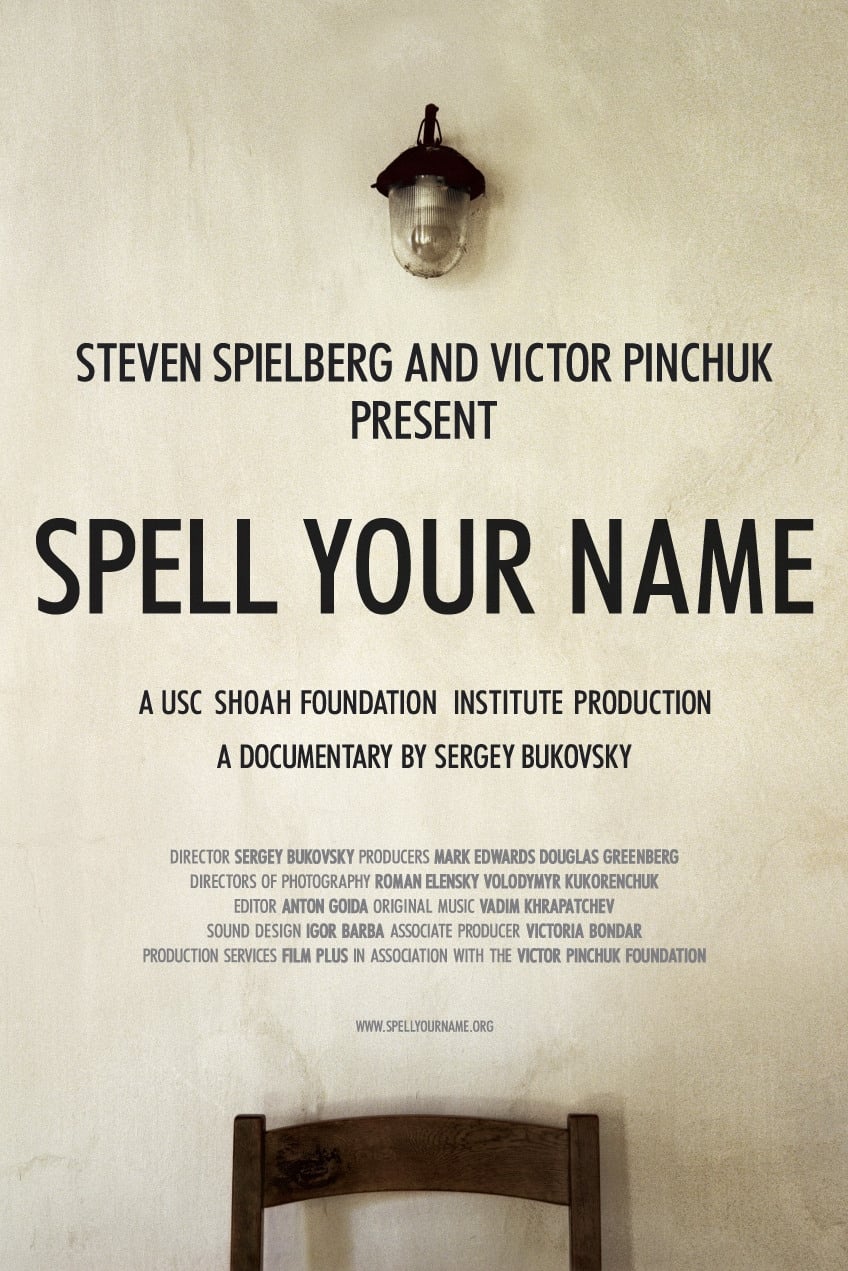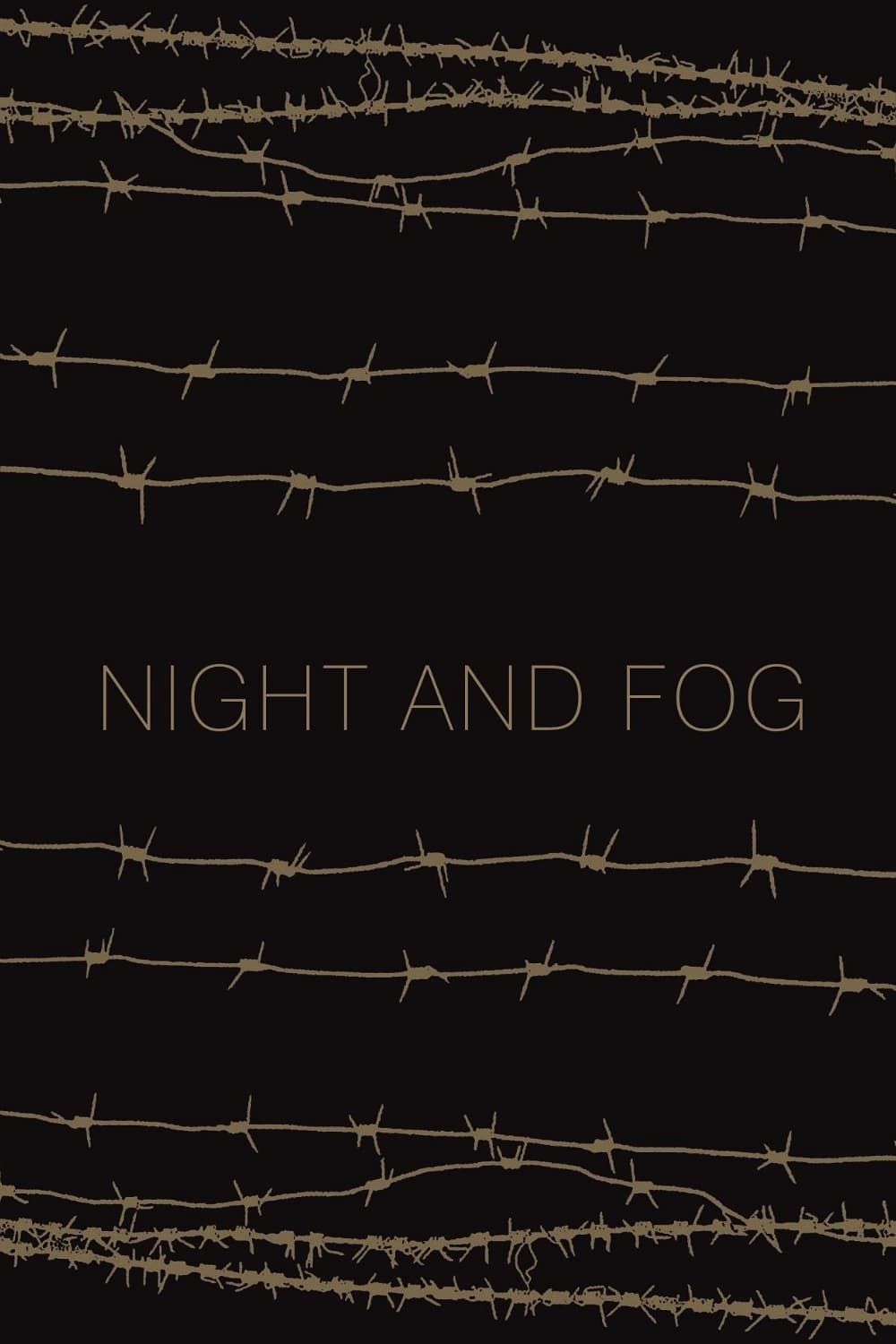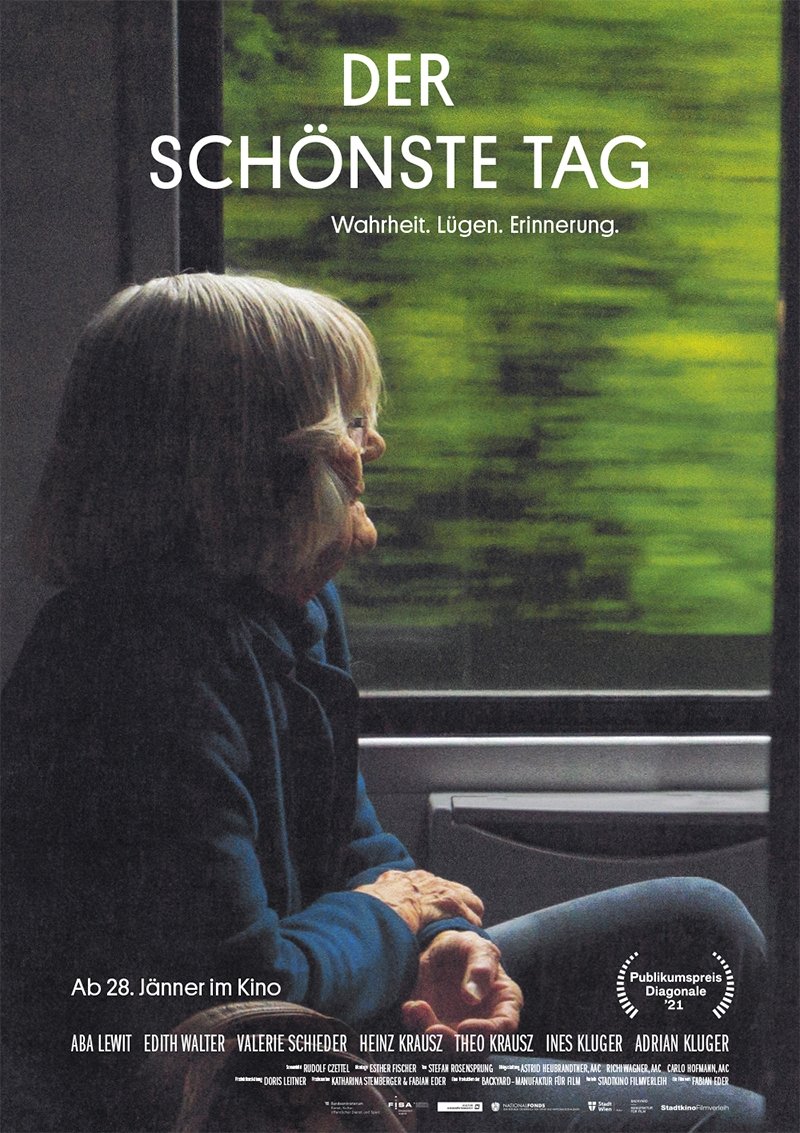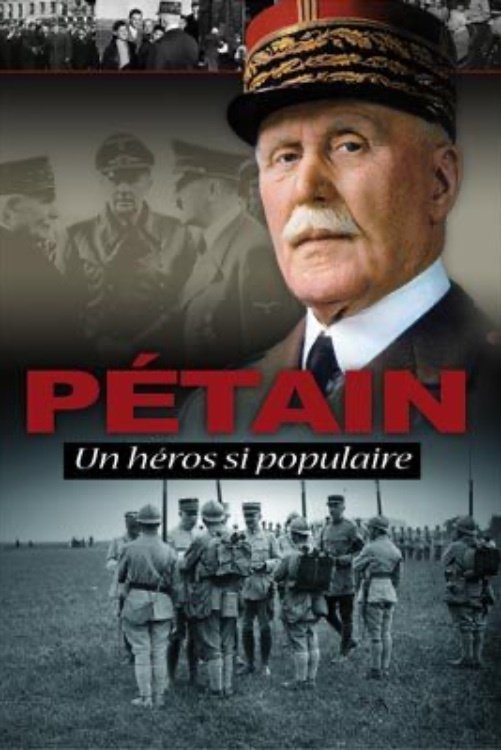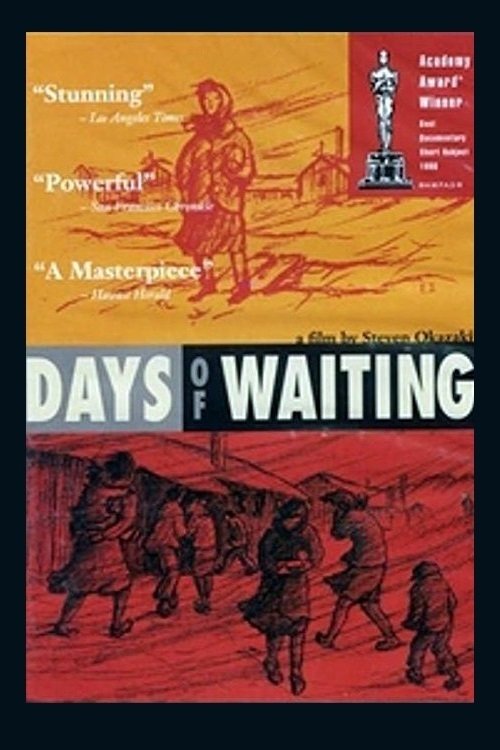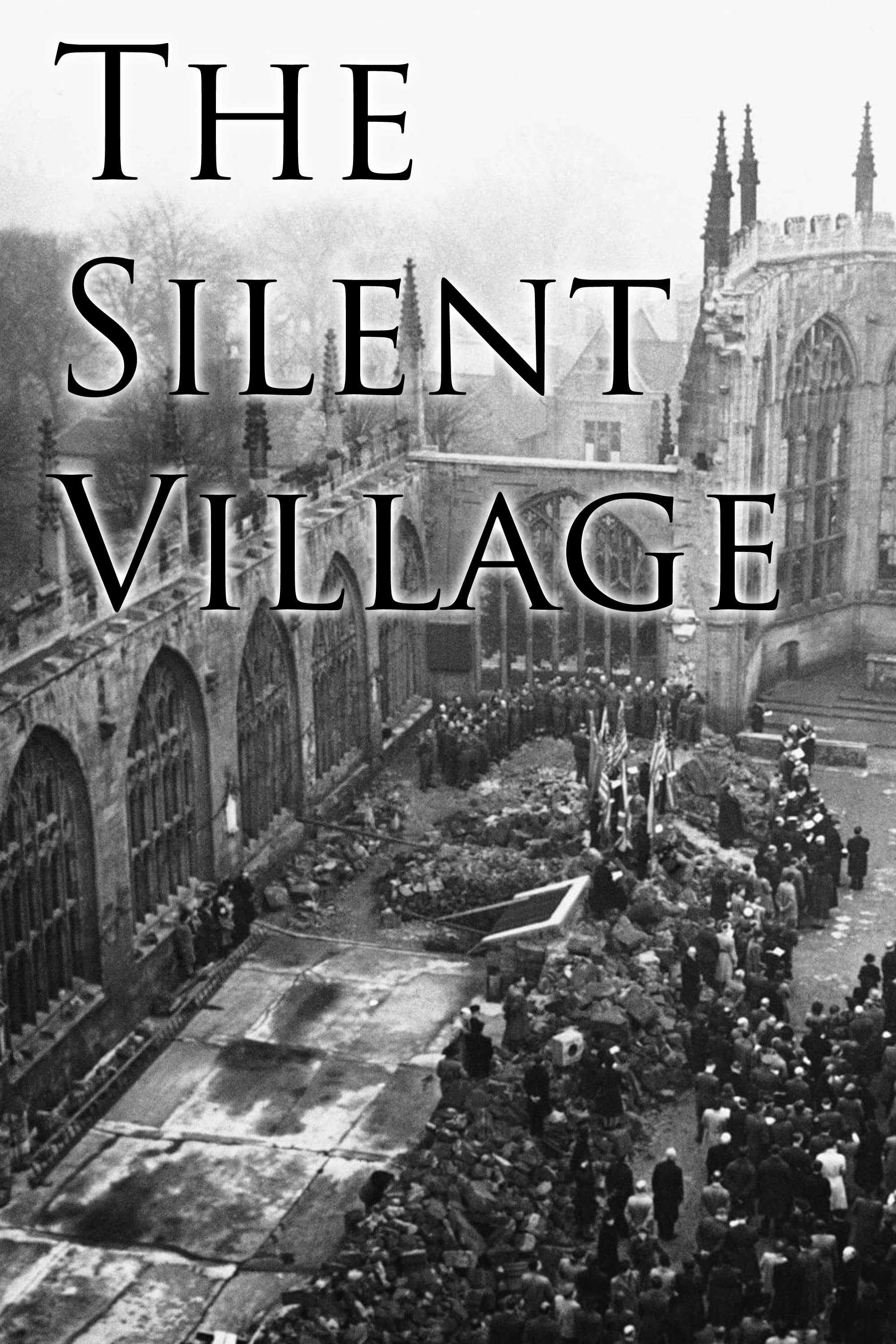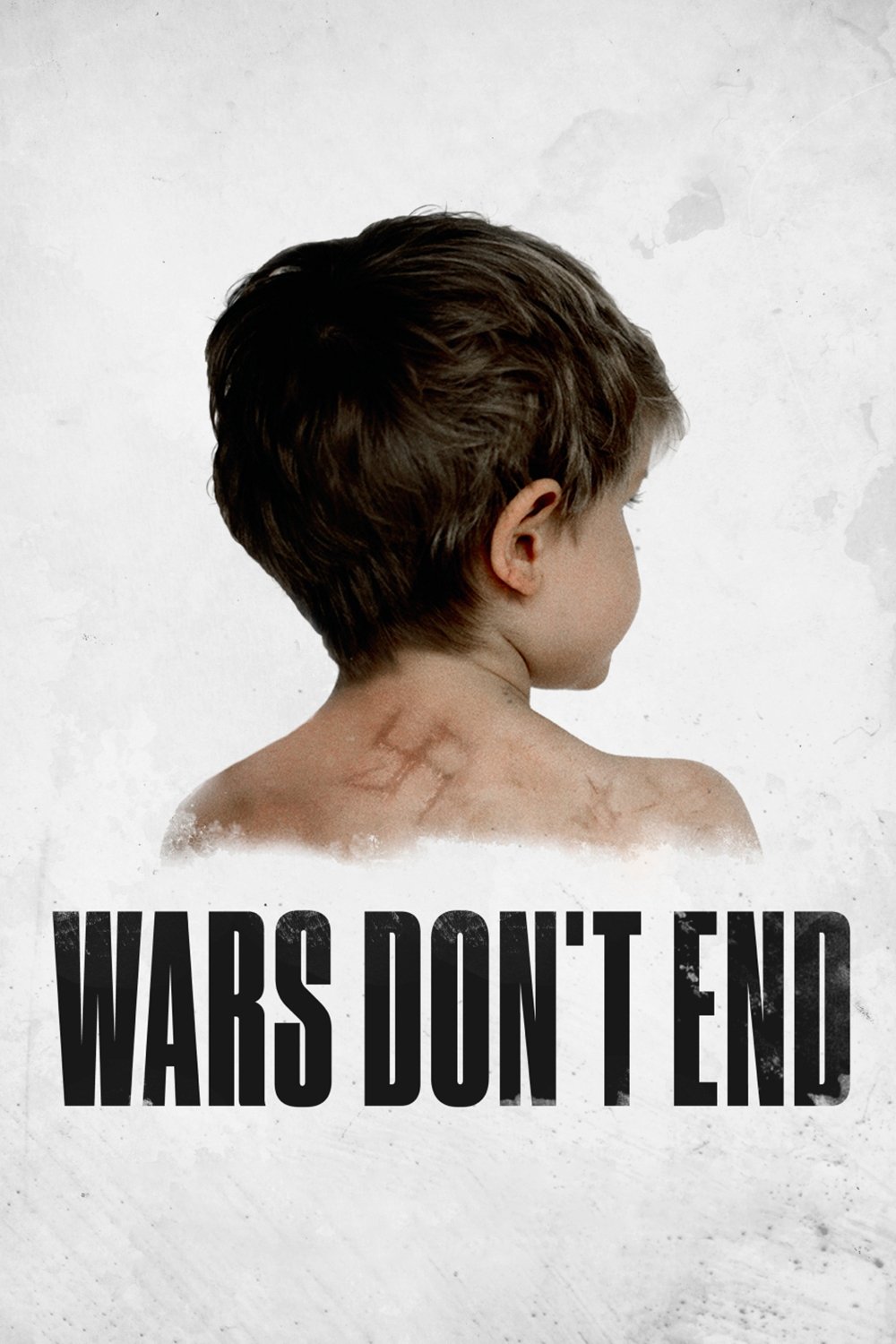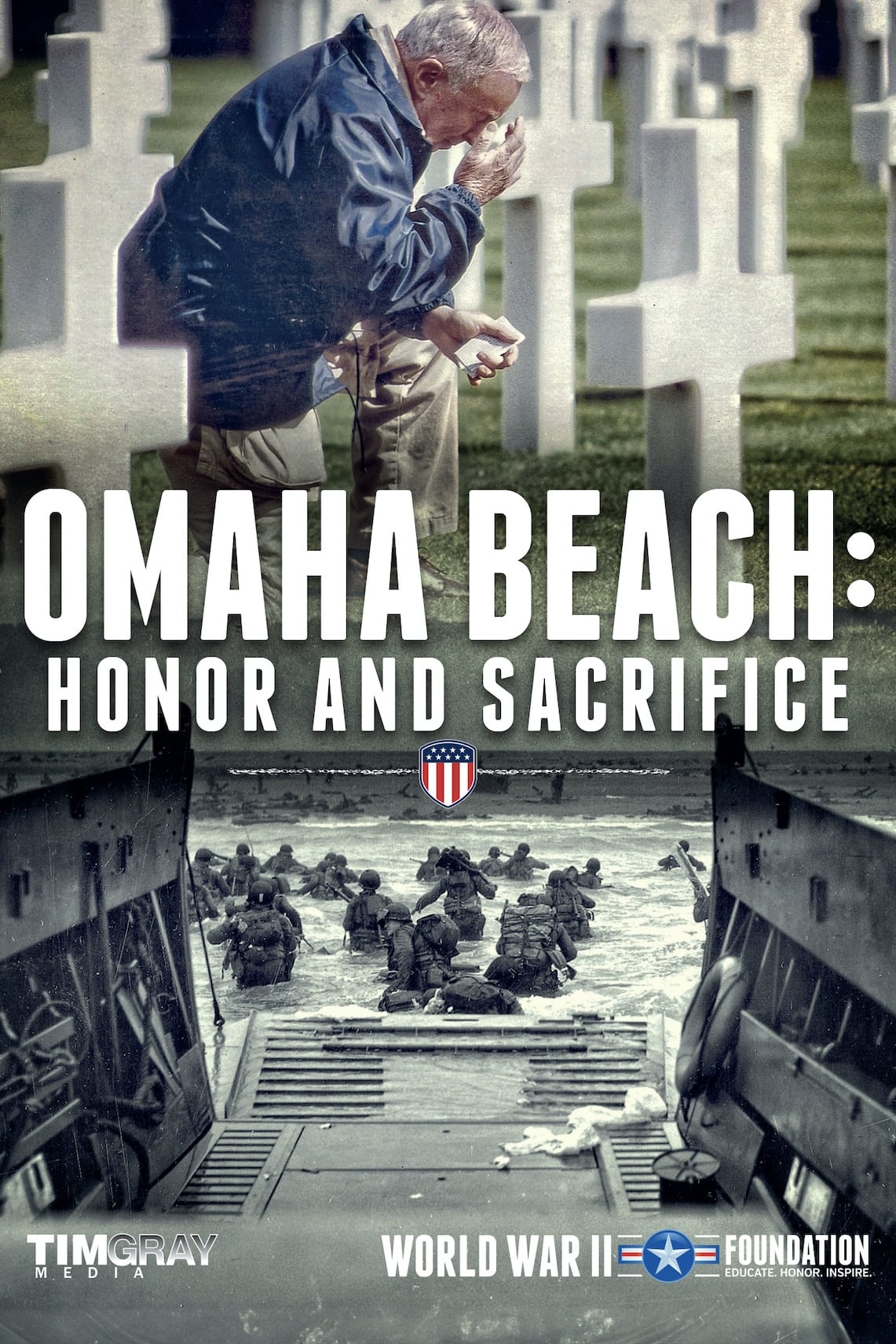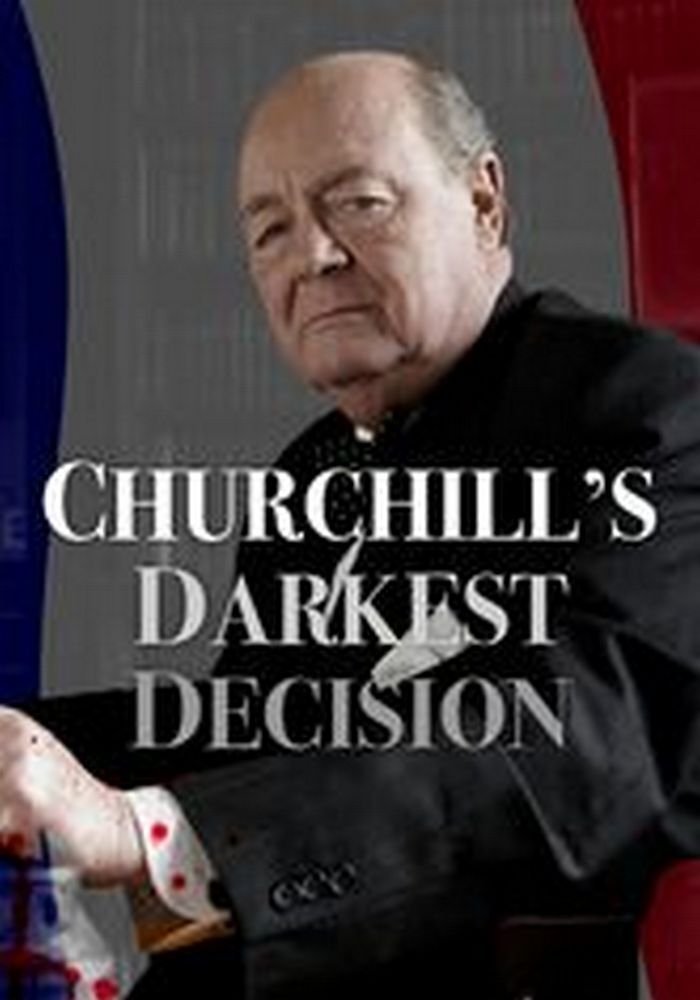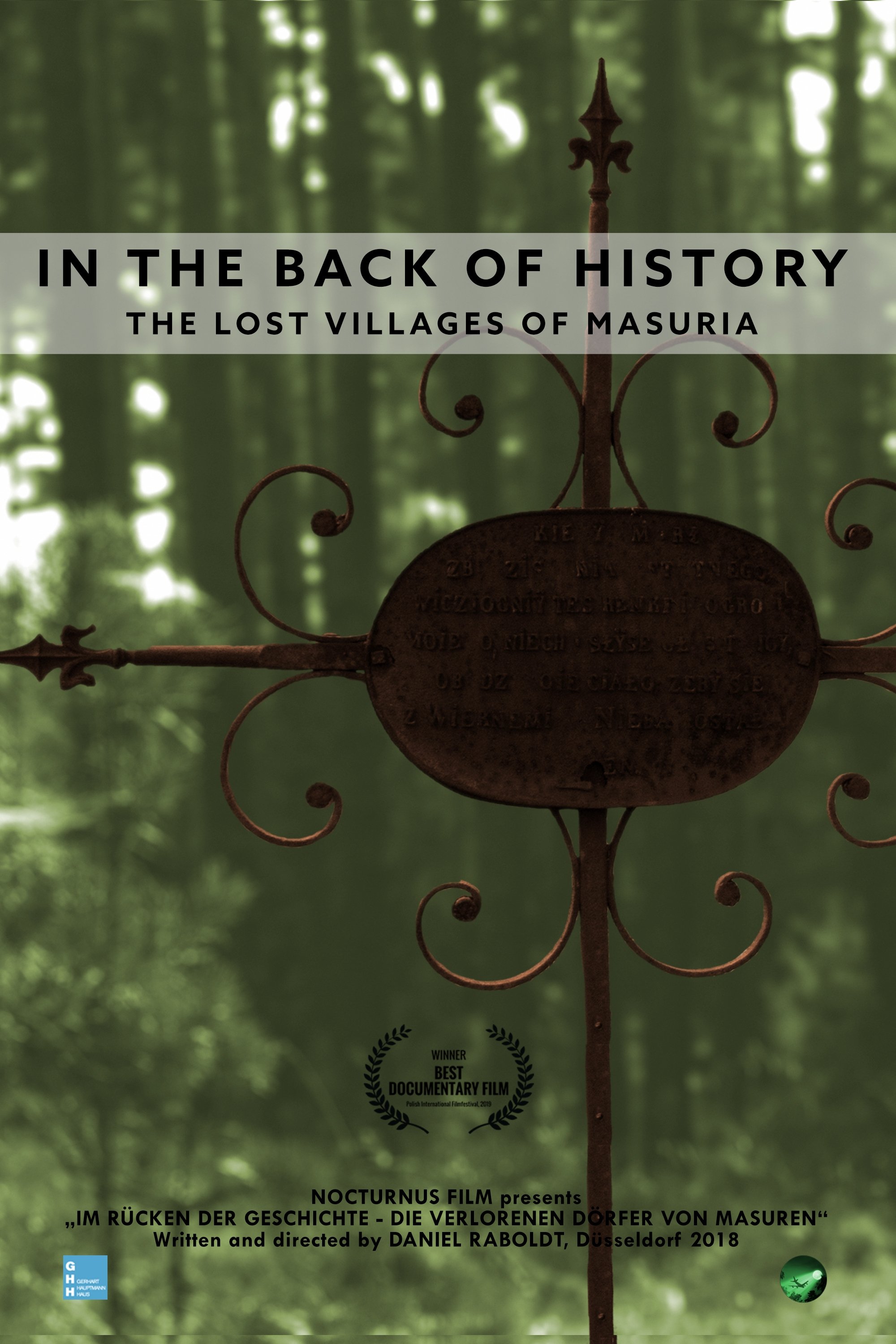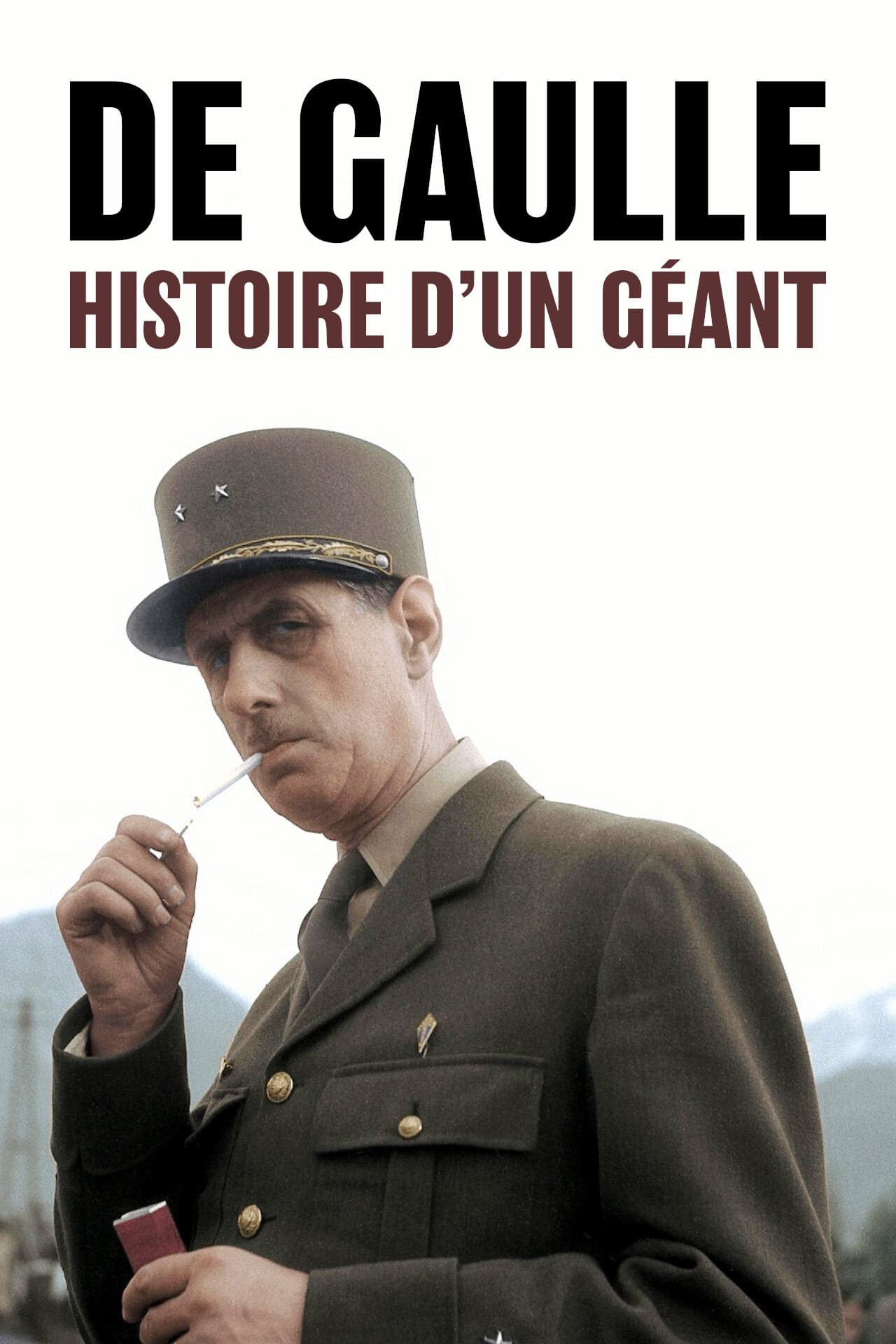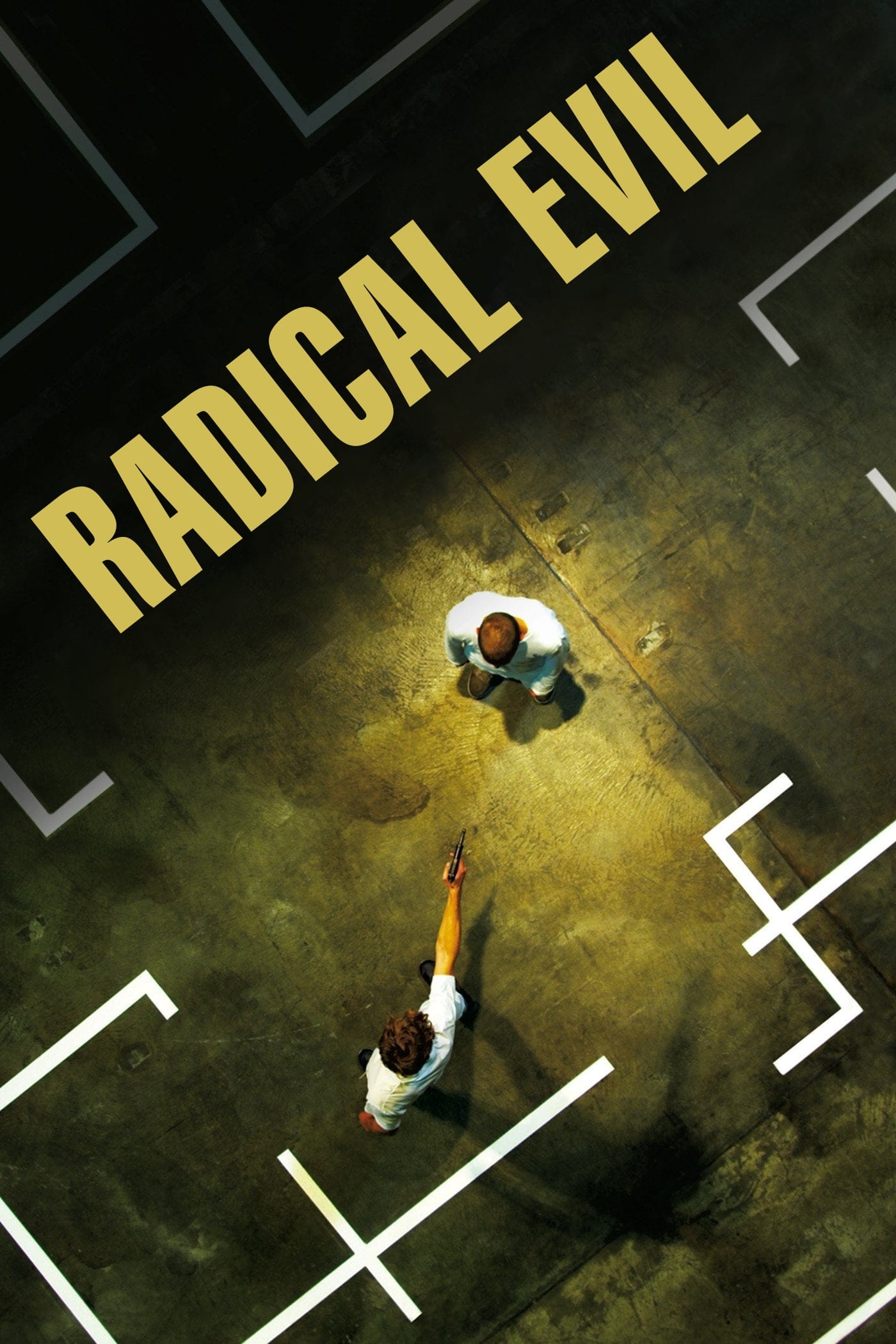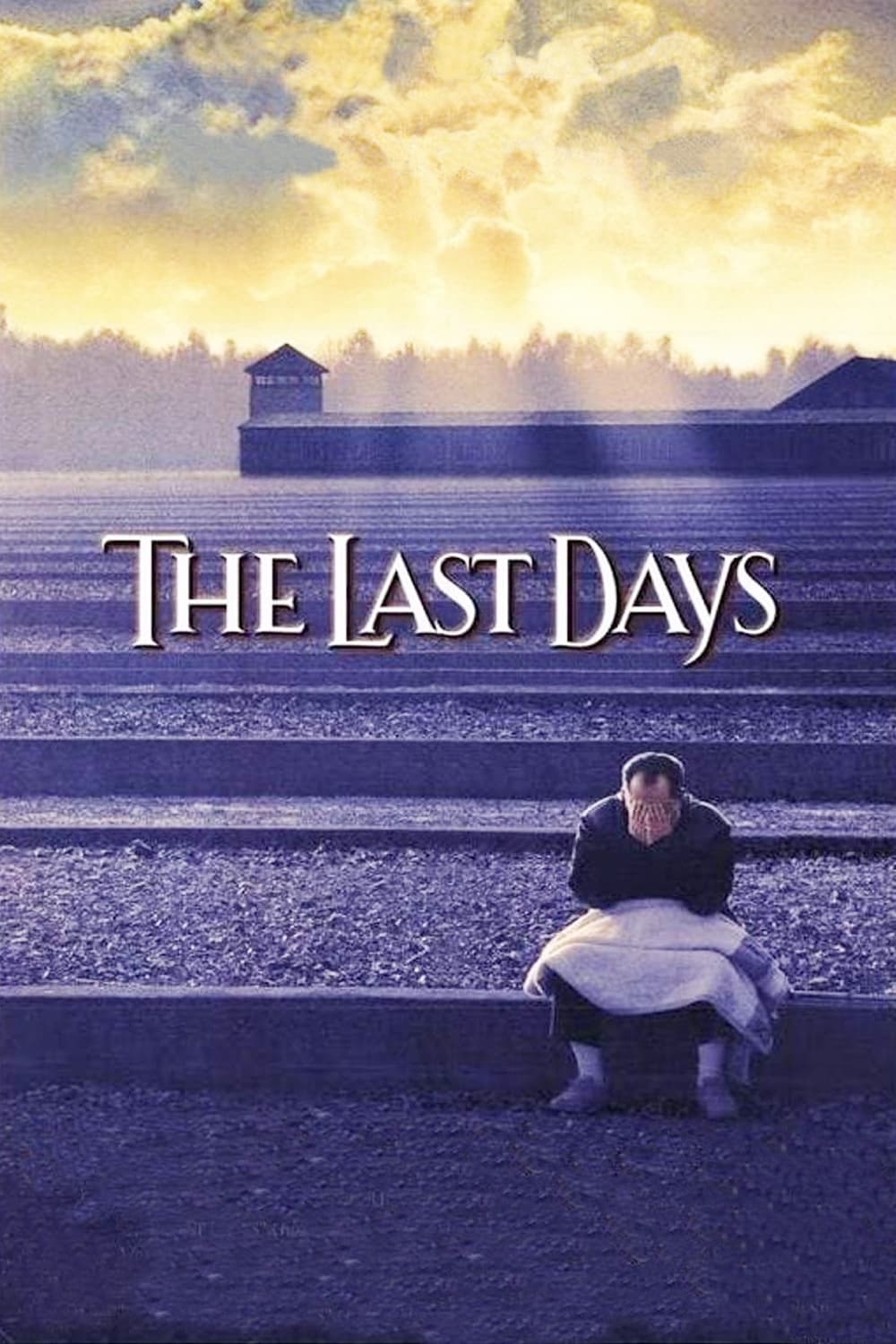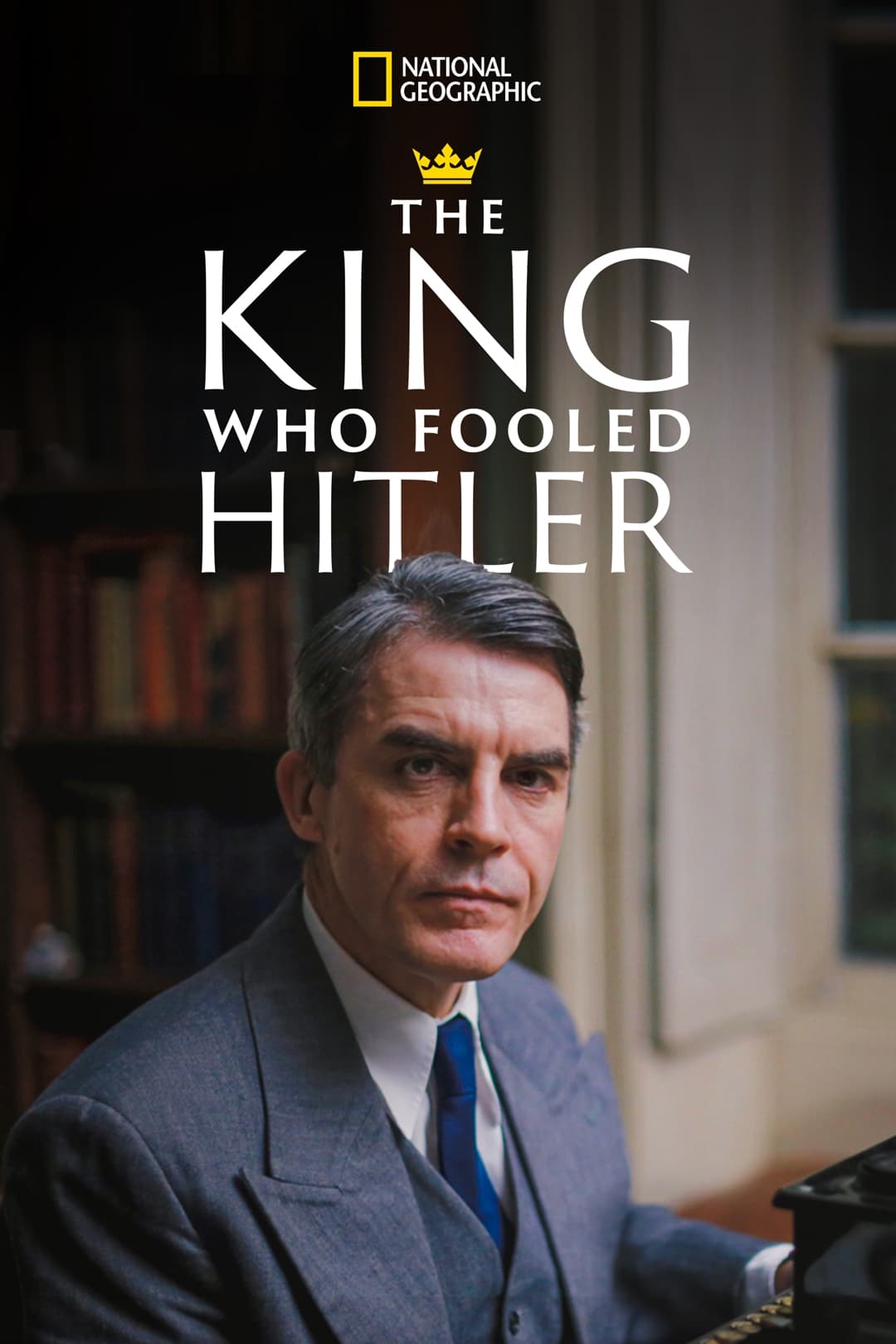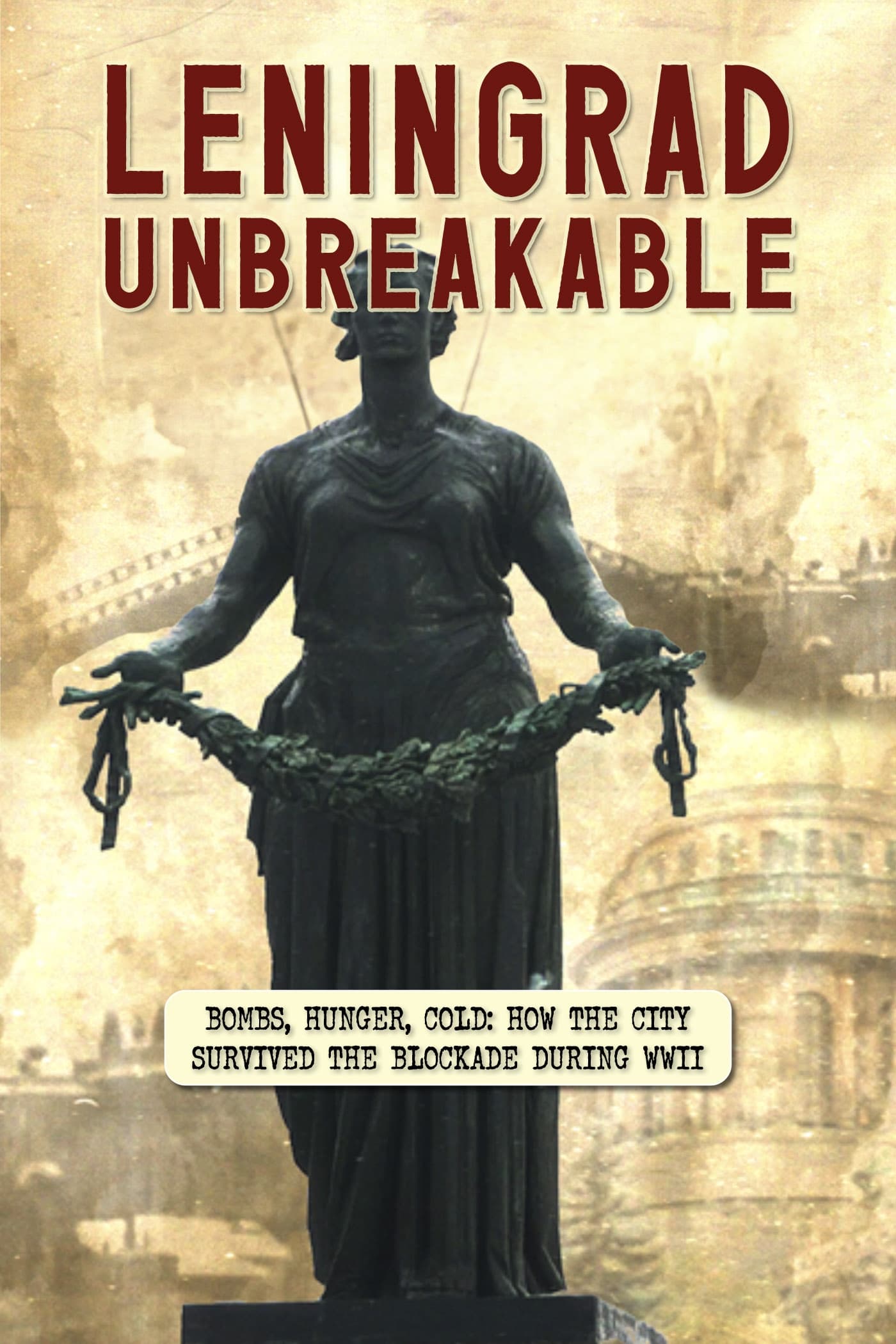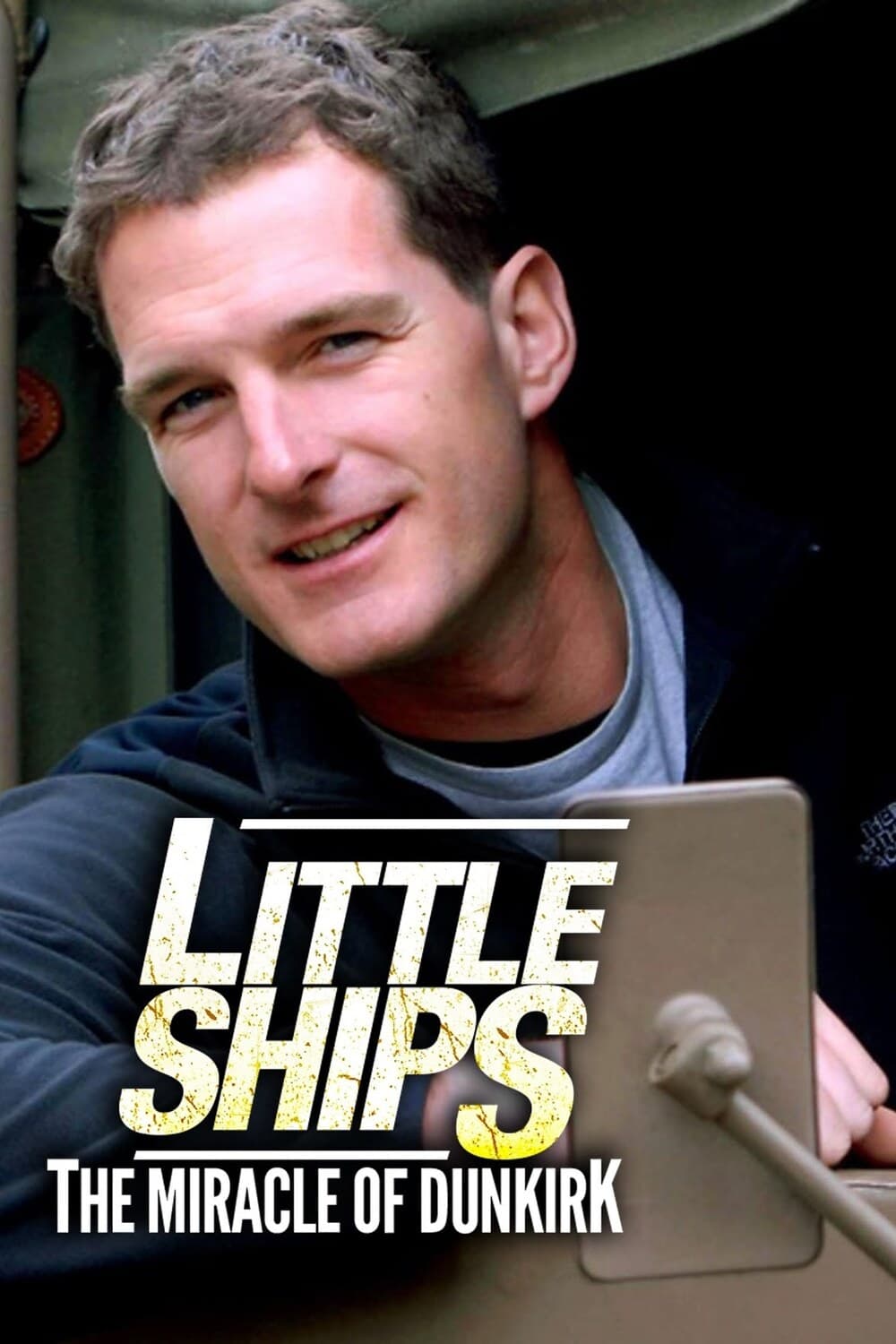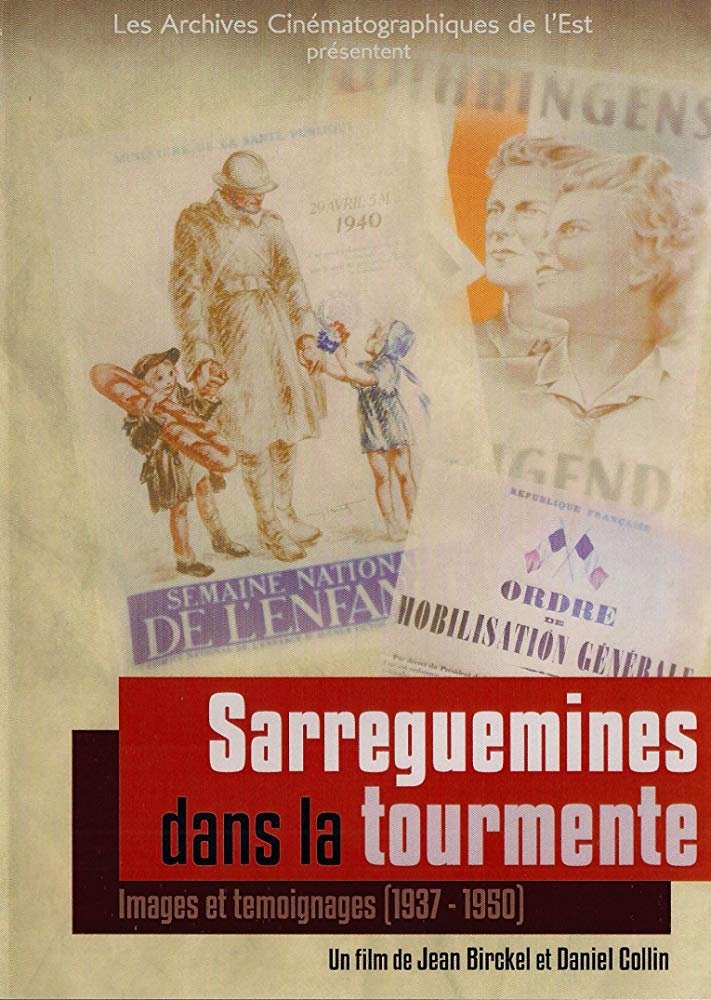
Sarreguemines dans la tourmente (2015)
Overview
From 1937 to 1950, André Poinsignon filmed Sarreguemines, his hometown, and the events it was part of.
Production Companies
Additional Info
| Budget | $0.00 |
|---|---|
| Revenue | $0.00 |
| Original Language | en |
| Popularity | 0.007 |
Directed By
Jean Birckel
Daniel Collin
TOP CAST
Similar Movies
A Failed Peace, The Mistakes of The Treaty of Versailles
At the end of WWI, the treaty of Versailles established the conditions for peace in Europe. The aim for the victorious powers was to make Germany pay reparations, and to guarantee a future without war. Yet a decade later, the denunciation of 'Versailles' became a powerful lever for the nazis to obtain power as these reparations would mark the beginning of the humiliation of the German people, and nurture a feeling of having been bestowed a hopeless future. In the 20 years that follow the end of WWI, the issue of reparations and responsibility will effectively poison international relationship. The treaty negative impact goes well beyond WWII as the new European borders it implemented led to many conflicts during the twentieth century. This documentary shines a light on the causality between the decisions taken with the treaty of Versailles, and the ensuing events of the century.
Spell Your Name
Survivors tell the story of the Babyn Yar massacre from WWII, where some 100,000 people were massacred by German forces.
Action on the Beach
Behind the scenes look at the D-Day special effects created in filming The Americanization of Emily (1964).
Night and Fog
Filmmaker Alain Resnais documents the atrocities behind the walls of Hitler's concentration camps.
The Last Dialogue
"Austria - First Victim of National Socialism" - this is the core theme of the self-image of the country that first welcomed Hitler with waving flags and arms stretched to the sky: Nation, People and Race - Sieg Heil! Monuments, commemorative events and in between the helplessness of dull remembrance. What to do with the lie, where to put the pain, and why again? The war of narratives begins with the liberation of the concentration camps, with the piles of corpses - and it continues to this day. A final journey with those who were there. Which story do we tell ourselves, and which do we want to hear?
Pétain, such a popular hero
On October 24, 1940, Philippe Pétain met Adolf Hitler in Montoire and led the French into collaboration with the Nazis. A black page in the history of France, written by a man whom many then considered a hero: the winner of Verdun.
Days of Waiting: The Life & Art of Estelle Ishigo
The story of Estelle Ishigo, one of the few Caucasians interned with Japanese Americans during World War II. The wife of a Japanese American, Ishigo refused to be separated from her husband and was interned along with him. Based on the personal papers of Estelle Ishigo and her novel Lone Heart Mountain.
The Silent Village
The true story of the massacre of a small Czech village by the Nazis is retold as if it happened in Wales.
Wars Don't End
During World War II, 12 000 children were born to Norwegian mothers and German soldiers. In WARS DON’T END five of these children tell their stories about lives of discrimination and abuse stemming from the choices of their mothers and the actions of their fathers.
Omaha Beach: Honor and Sacrifice
Seven Decades after the bloody battle for Omaha Beach in Normandy, France on D-Day, many veterans are returning to visit one last time. Omaha Beach: Honor And Sacrifice tells the very personal stories of several veterans as they return to Omaha Beach and the celebration that Normandy, France holds in their honor every year.
Churchill's Darkest Decision
The background to, events of and consequences of the Battle of Mers-El-Kebir on 3 July 1940. In that battle, Royal Navy ships fired on the French Fleet in order to prevent it from falling into German hands. A French battleship was sunk and several other ships damaged. Nearly 1,300 French sailors were killed.
In the back of history - The lost villages of Masuria
In September of 2017 German writer and director Daniel Raboldt accompanied a group of German and Polish scientists and students into the woods of Masuria, Poland. The expedition aimed to find traces of the so-called "lost villages", left by the Masurians around 1945 by the end of the Second World War. Today only some of the old graveyards can be found deep in the woods of the beautiful Masurian landscape. The documentary "In the back of history - The lost villages of Masuria" shows the students at their work in the historic archives and in the woods. How conclusive can this kind of historic research be? How much can we really learn by looking through old files or other sources? And what can we learn from the vanishing of the Masurians? Do we face similar problems today? The film dives deep into themes like the rise of nationalism and identity and uncovers the tragic end of a population that was asked one simple question in the early 20th century: Stay or Leave?
The True Story of the Bridge on the River Kwai
Made famous by the 1957 Hollywood movie, the bridges of the River Kwai emblematize one of the most misunderstood events in history. Contrary to the romanticized film version, the structures represent a period of terror, desperation, and death for over 16,000 POWs and 100,00 local slaves. The Thailand - Burma Railway was the vision of the Japanese Imperial Army: a 250-mile track cut through dense jungle that would connect Bangkok and Rangoon. To accomplish this nearly impossible feat, the fanatical and ruthless Japanese engineers used POWs and local slaves as manpower. Candid interviews with men who lived through the atrocity - including Dutch, Australian, British, and American POWs - illuminate the violence and horror of their three-and-a-half-year internment. From Britain's surrender of Singapore the enduring force of friendship, The True Story Of The Bridge On The River Kwai narrates a moving and unforgettable account of a period in history that must be remembered.
De Gaulle, histoire d'un géant
50 years after the death of General De Gaulle, this film retraces his life, from his birth in 1890 to his burial at Colombey-Les-Deux-Eglises in 1970.
Radical Evil
Das radikal Böse is a German-Austrian documentary that attempted to explore psychological processes and individual decision latitude "normal young men" in the German Einsatzgruppen of the Security Police and SD, which in 1941 during the Second World War as part of the Holocaust two million Jewish civilians shot dead in Eastern Europe.
Spy from a Distance
The secret past of a World War II-era intelligence officer comes to light when his grandson, actor Joonas Saartamo, begins to investigate his grandfather's activities as the leader of a long-range reconnaissance patrol. Meeting various experts along the way, Saartamo discovers a new insight into the crucial role of long-range reconnaissance patrols in war. He also realizes how strongly the weight of his grandfather's war experiences has been passed down from generation to generation, affecting him directly.
The Last Days
Five Jewish Hungarians, now US citizens, tell their stories: before March 1944, when Nazis began to exterminate Hungarian Jews, months in concentration camps, and visiting childhood homes more than 50 years later. An historian, a Sonderkommando, a doctor who experimented on Auschwitz prisoners, and US soldiers who were part of the liberation in April 1945.
The King Who Fooled Hitler
In a tale of double agents and decoys, this documentary reveals, for the first time, the story of King George VI's elaborate ruse to divert German attention away from the Normandy landings in 1944.
Leningrad Unbreakable
Irina was only 3 years old when her mother, a worker at the Kirov Plant, decided to evacuate her from Leningrad. Working tirelessly at the tank production plant for weeks without a day off, her mother had no one to help care for her child. However, the train Irina was commuting in came under Nazi shelling. She was under the rubble for a day before she was rescued. Thus, the girl remained with her mother, enduring the most terrifying months in a city besieged by the Nazis. This is just one story among thousands of heroic Leningrad citizens. Despite hunger and constant shelling, they managed to donate 144 tons of blood over the years of the blockade to aid injured soldiers on the front lines, and never ceased the production of guns, which the soldiers of the Soviet Army desperately needed against the Nazis. In our new documentary, commemorating 80 years since the liberation of Leningrad from the Nazi blockade, witness the unwavering resilience of Leningraders like Irina and her mother.
Little Ships - The Miracle of Dunkirk
To mark the 70th anniversary of the Dunkirk evacuation, Dan Snow tells the story of the 'little ships' which made the perilous cross-channel voyage, as 50 of them return to France.
